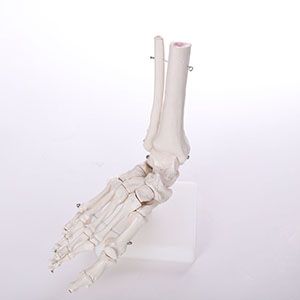
Foot surgery, especially for the treatment of big foot joints (e.g., bunions, toe deformities, ankle surgery, etc.), has always been a complex field of podiatry. Because the anatomical structure of the foot is extremely complex, involving bones, joints, tendons and nerves and other tissues are closely linked, the precision of the surgery is crucial. Even small operational errors may lead to unsatisfactory postoperative recovery or complications. Therefore, as a simulation tool before surgery, can the bigfoot joint model effectively improve the accuracy and success rate of surgery?
1. Improve surgical accuracy: precise positioning and operation
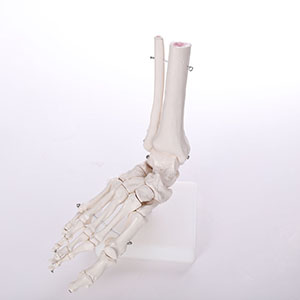
The Bigfoot joint model can help surgeons to plan and simulate in detail before operation by highly restoring the real foot anatomy. Many modern models of big foot joints use 3D printing technology, which can clearly show the relative positions of individual joints, bone Spaces, and important blood vessel and nerve pathways. This precise simulation allows surgeons to practice and familiarize themselves with the procedure in advance in a "risk-free" environment, avoiding unnecessary mistakes during the actual operation.
For example, when treating bunions, the model can help surgeons simulate cutting, orthopedic, and fixation procedures, ensuring that each step is accurate, especially when it comes to bone cutting and reconstruction, with less damage to surrounding structures in traditional surgery. According to a 2020 study by Foot & Ankle International, surgeons who trained pre-operatively using models of the big foot joints improved their accuracy during surgery by 15 to 20 percent.
2. Reduce intraoperative complications: improve surgical safety
The bigfoot joint model can not only improve the accuracy of operation, but also significantly reduce the risk of surgery and reduce intraoperative complications. One of the most common complications of foot surgery is damage to nerves or blood vessels, especially in complex joint orthopedic surgery. By accurately simulating the bigfoot joint model, surgeons can better understand individual differences and adjust surgical protocols based on feedback from the model to avoid accidental injury to important structures such as nerves and blood vessels.
In 2019, a study published in the Journal of Foot and Ankle Surgery found that surgical teams that used the big-foot joint model to treat complex bunions and ankle injuries experienced a 20% reduction in intraoperative blood loss and a significantly lower complication rate than those in the traditional surgery group. This result shows that the model not only helps surgeons avoid errors, but also improves the safety of the operation.
3. Improve the success rate of surgery: design of personalized treatment plan
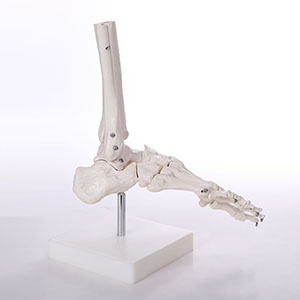
The structure and lesions of each patient's bigfoot joint are unique, so it is important to personalize the surgical plan. The application of the Bigfoot joint model enables a tailored treatment plan for each patient, ensuring that the surgical plan is best suited to their unique anatomical characteristics. By simulating a patient's foot model, surgeons can more precisely plan surgical procedures and choose the best cut, orthopedic Angle and fixation method to maximize surgical success.
For example, in bunion orthopaedic surgery, the model can help surgeons accurately simulate the correction of joint deformities, avoid over-correction or under-correction, and ensure good recovery of foot function after surgery. According to data from 2021 in Clinical Orthopaedics and Related Research, the surgical group designed with a personalized bigfoot joint model had an average of about 18% shorter time to post-operative functional recovery than the conventional surgery group.
4. Patient education and postoperative recovery
In addition to improving surgical accuracy and success, the Bigfoot joint model can also play an important role in patient education. Through the 3D model, patients can visually see the specific location of their foot lesions and each step of the surgical process, thereby reducing the fear and doubts of surgery, and increasing the confidence of patients in treatment. This positive state of mind helps with recovery after surgery.
In addition, postoperative rehabilitation can also be simulated through the bigfoot joint model to help patients understand the scope of postoperative activities and precautions to avoid improper activities leading to poor recovery. According to a 2022 study in the Journal of Orthopaedic Research, patients who used 3D models before surgery to help patients understand the procedure and expected results progressed significantly faster than those who did not use the model, with about 12% shorter recovery times.
Step 5 Summarize
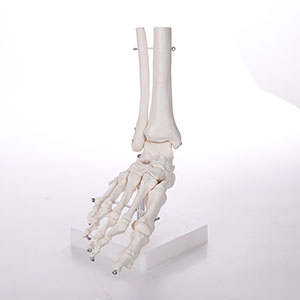
In summary, the bigfoot joint model has significant advantages in improving the accuracy and success rate of foot surgery. By providing accurate preoperative planning, simulation training, and personalized treatment protocols, the model not only reduces risks and complications during surgery, but also significantly improves the efficiency of postoperative recovery. With the continuous development of 3D printing technology and personalized medicine, the future bigfoot joint model will play an increasingly important role in podiatry surgery, promoting the precision and personalization of surgical treatment, and bringing better treatment effects to patients.
With the continuous development of industry technology, the improvement of surgeons' skills and the advancement of surgical equipment, the bigfoot joint model is expected to become an indispensable tool in routine treatment, which will promote foot surgical treatment into a new era of precision.


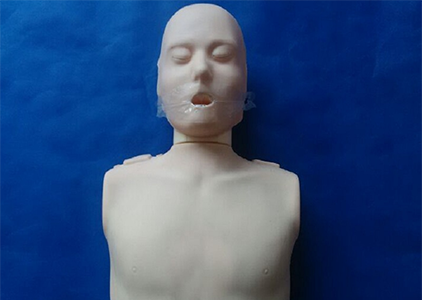




Sophie Asveld
February 14, 2019
Email is a crucial channel in any marketing mix, and never has this been truer than for today’s entrepreneur. Curious what to say.
Sophie Asveld
February 14, 2019
Email is a crucial channel in any marketing mix, and never has this been truer than for today’s entrepreneur. Curious what to say.